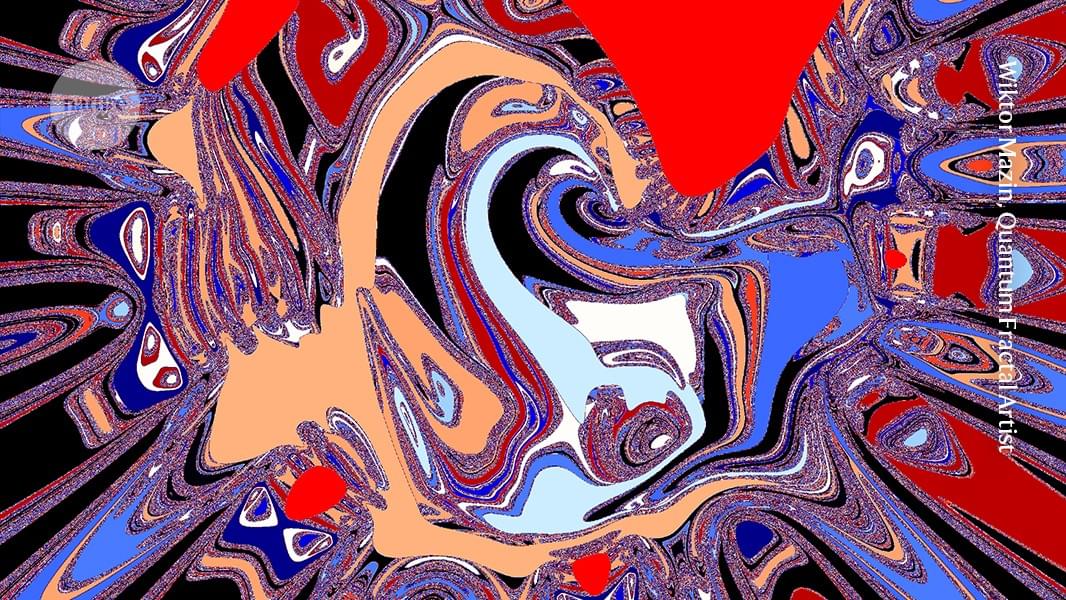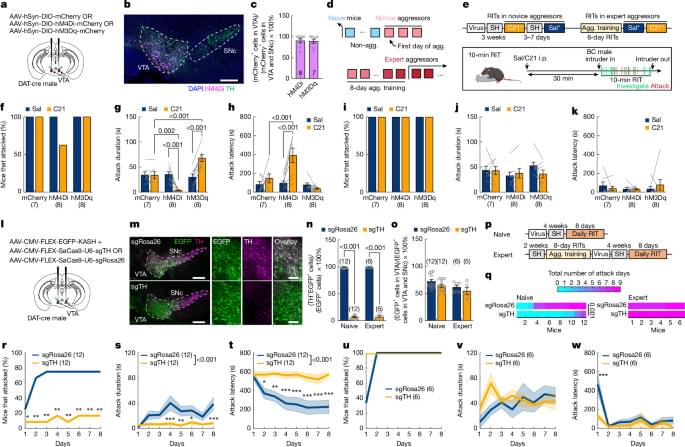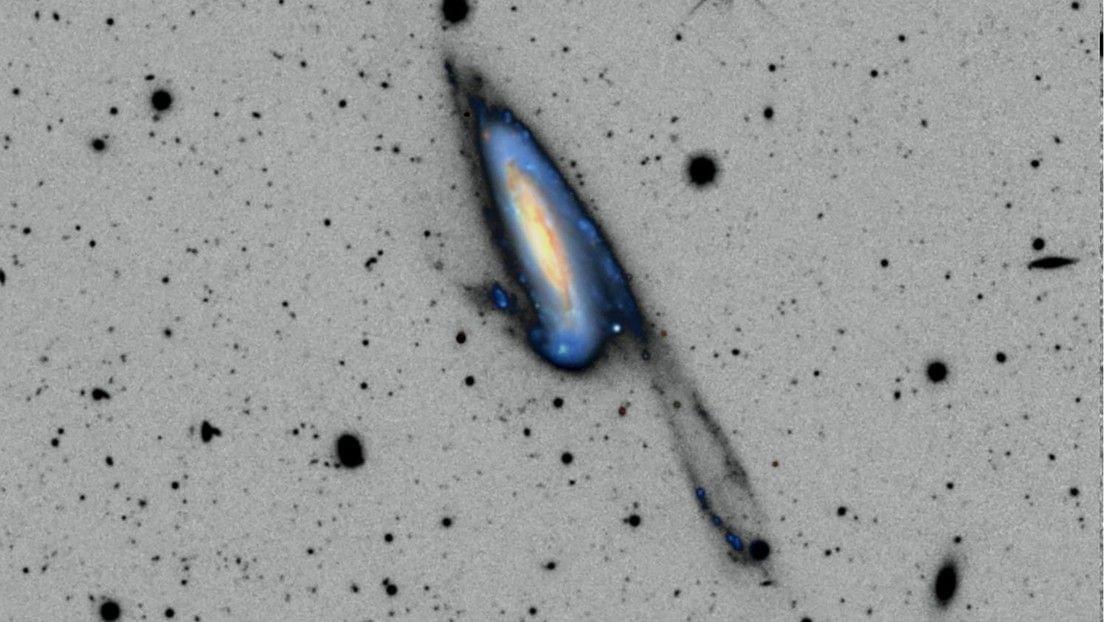Scientists have unlocked a groundbreaking way to produce clean hydrogen using microwaves, drastically reducing the extreme heat required for conventional methods.
By harnessing microwave energy, the team lowered the reaction temperature by over 60%, making hydrogen production far more efficient and sustainable. A key breakthrough was the rapid creation of oxygen vacancies, essential for splitting water into hydrogen, in just minutes rather than hours.
Revolutionizing Hydrogen Production with Microwaves.






